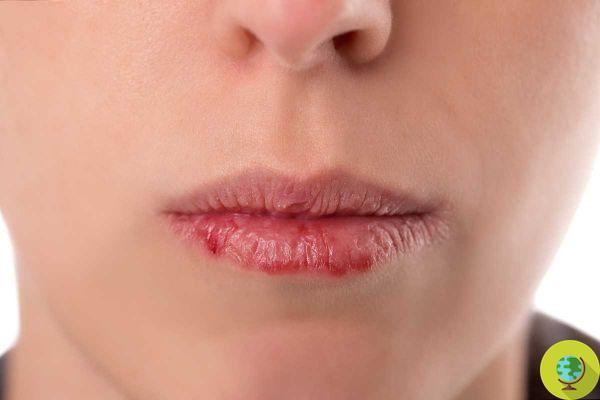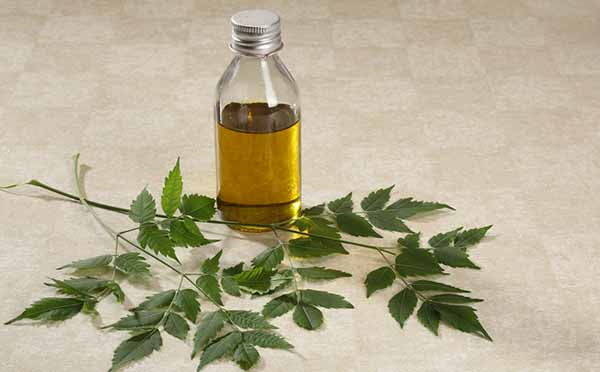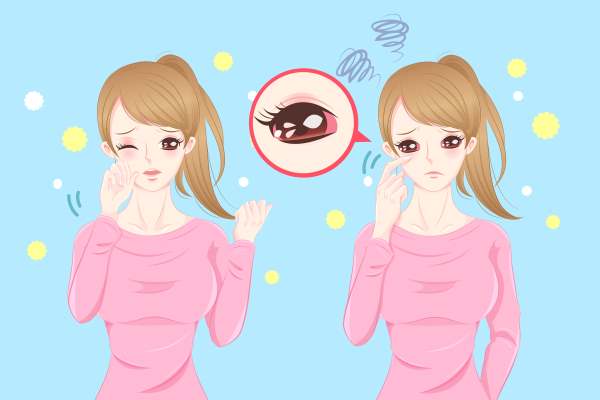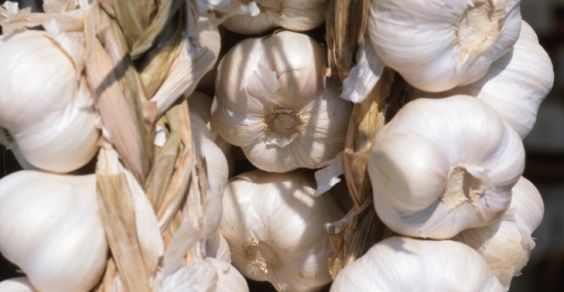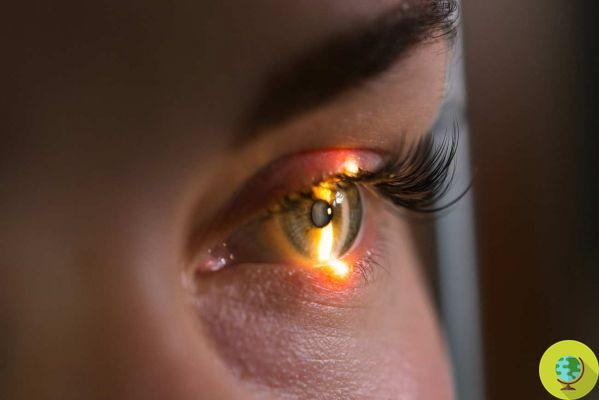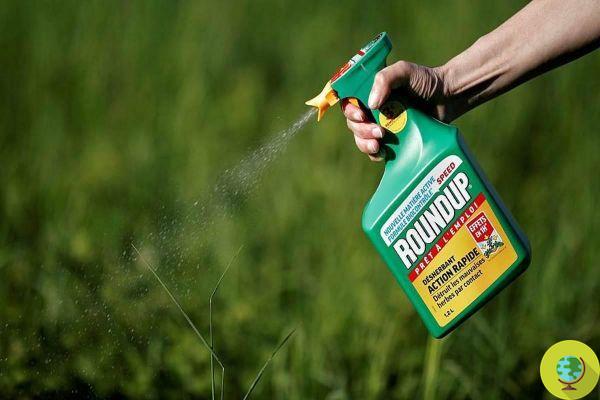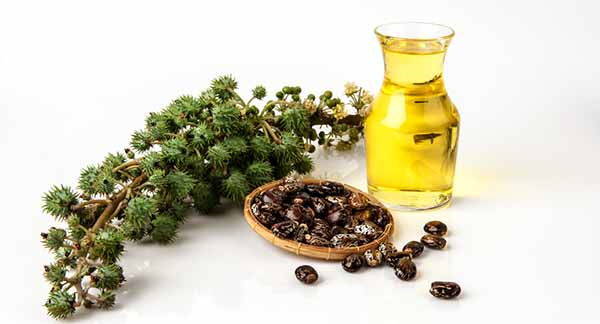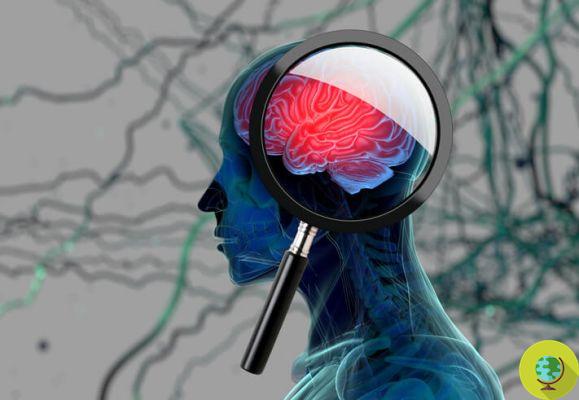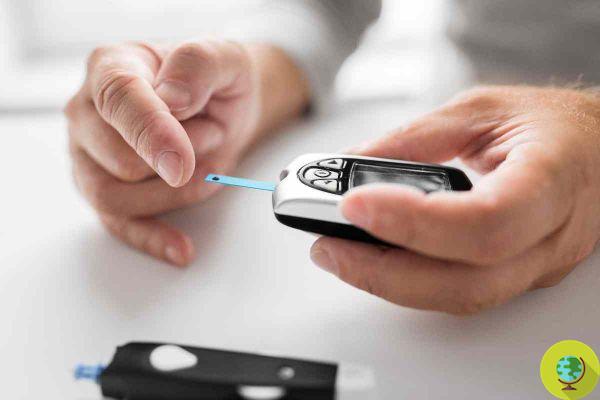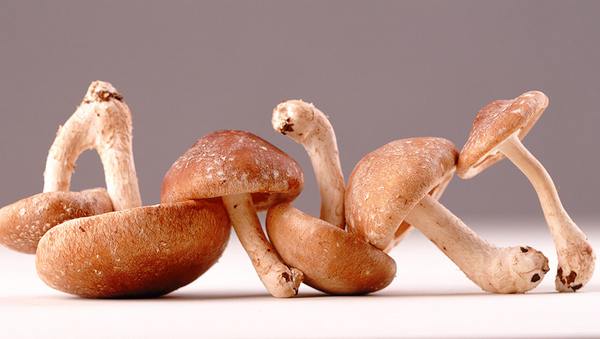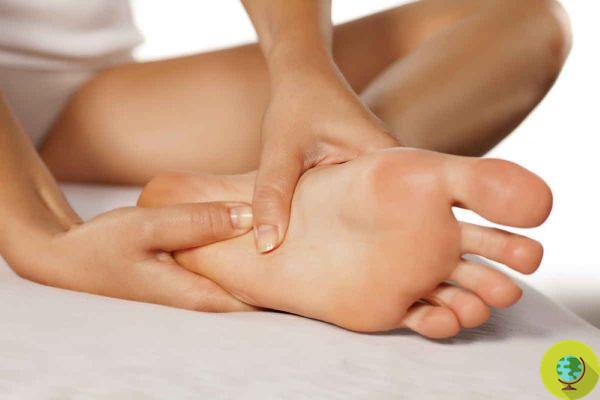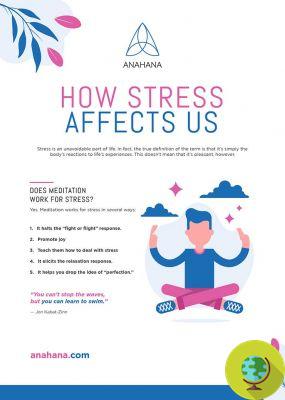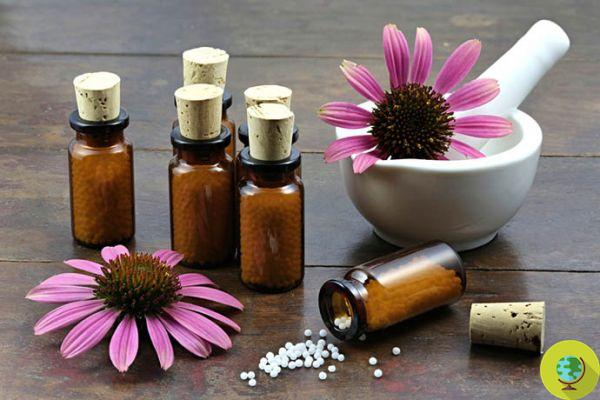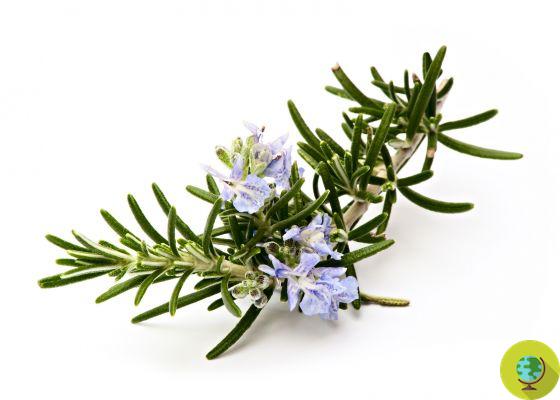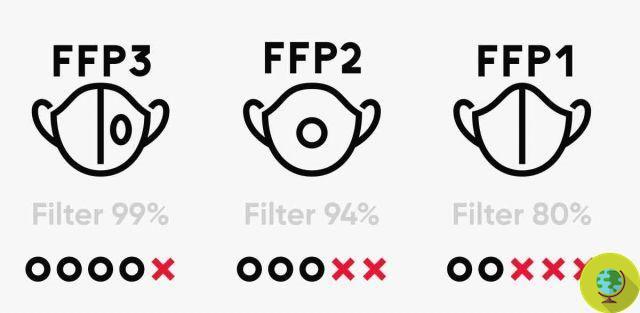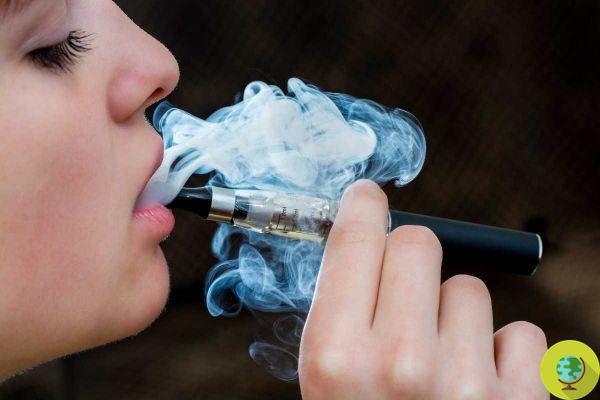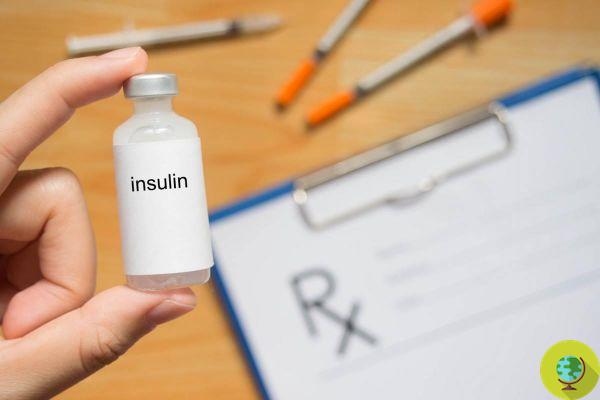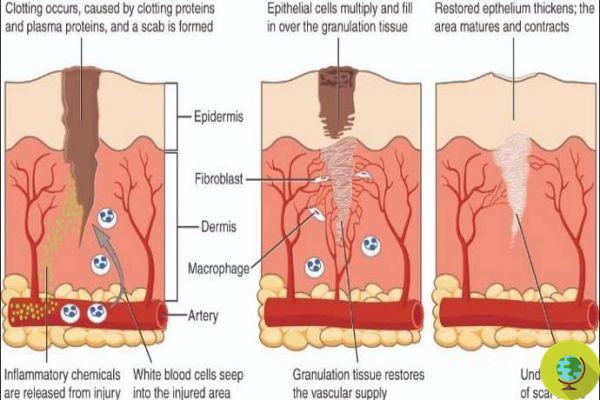
Our body is well equipped in case of injuries or cuts. When our skin is injured by a fall or a clumsy gesture, it immediately activates to eliminate harmful bacteria and create a new layer. Let's see the process that leads to healing step by step.
Don't store avocado like this: it's dangerous
Our body is well equipped in case of wounds or cuts. When our skin is injured by a fall or a clumsy gesture, it immediately activates to eliminate harmful bacteria and create a new layer. Let's see the process that leads to healing step by step.
The first thing that happens when we fall, trip, cut or injure ourselves in general, is that our skin bleeds within seconds. But within minutes of the wound, the blood thanks to platelets and fibrin, it begins to coagulate by inserting itself in that crack left empty by the circumstance.
The blood clots then form the initial layer which prevents the loss of more blood. In this way the edges of the wound dehydrate and here the scab takes shape because the body needs to seal as soon as possible. It is no coincidence that the skin exists to keep germs away that could otherwise cause infections. At this point it all depends on the injury and whether it is minor or severe.
In the first case, healing times are very short and the skin can regenerate even 24 hours after the wound. The blood clot that has entered the fracture caused by the injury is metabolized by a series of enzymes produced naturally by your body, forming a new layer of skin. The wound is initially inflamed, and the surrounding skin may be hot to the touch and red. THE blood vessels they open up a little again and provide oxygen and essential nutrients to it.
White blood cells (macrophages) work to fight unwanted bacteria and produce growth factors that help repair the wound. This is why we often see clear liquid around the wound.After the dead cells and bacteria are cleared, the macrophages finish their job.
This step is important because if the inflammation lasts too long it means that the healing process is not proceeding the right way. This stage takes an average of two to five days. But already from the third day the wound takes on a pink-like color.
Within a week the wound area becomes thicker: the affected layer of skin has increased in volume thanks to a new basement membrane that has begun to settle on the wound, and then, after the initial swelling, the tissue is rebuilt under the crust and take over the collagen, a hard white fiber that serves as the structure on which other tissues can be built.
The blood vessels also need to be repaired, the granulation tissue fills the wound, and when the underlying skin is ready, the scab falls off on its own. A deep cut it can take three to six weeks to heal. When the scab comes off, new scar tissue appears which is different from skin tissue in that it does not contain sweat glands or hair follicles. It may be a little soft and reddish at first, but it strengthens over time.
It takes about three months for the scar tissue become tough like normal skin and a few years to heal completely. Superficial wounds usually heal without a scar, while permanent scars are more likely with deeper wounds.
How to heal a wound
However, there are rules to follow, such as not touching or peeling the scab, keeping wounds clean and covered to help the healing process.
Small wounds should be washed with water and covered with sterile gauze or bandage.
Any traces of earth, dust, fragments or thorns are needed. To do this, you can use the water jet or sterilized tweezers or needles.
In the case of a deep wound, it is obviously advisable to consult a doctor or go to the emergency room, as well as if over time the wound will show excessive swelling or redness, because we could be faced with an infection.
Clearly in this article we refer only and exclusively to the physiological process that occurs in the presence of the wounds, without wishing to give a medical opinion in any way. A simple information to better understand what happens to our body.
Read also:
- Sugar disinfects, heals wounds and promotes healing. The study that amazed science
- Wounds and scars: natural remedies to heal and reduce them
Dominella Trunfio
Gallery




